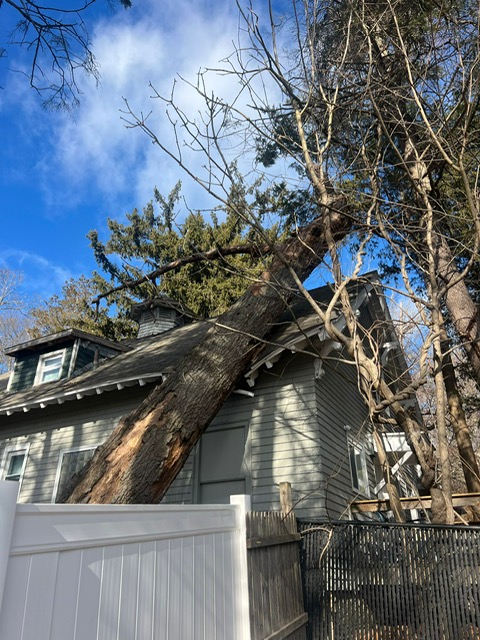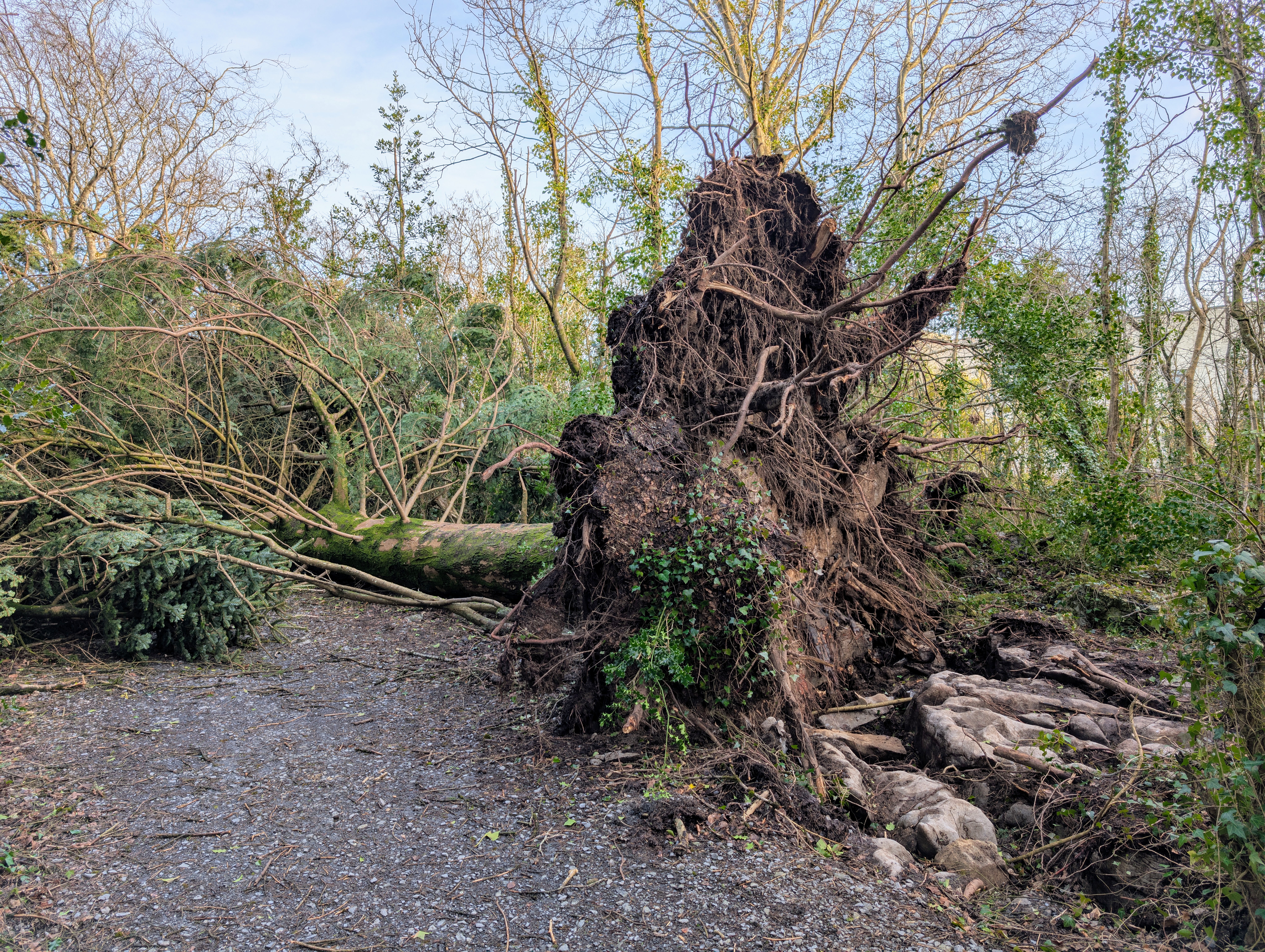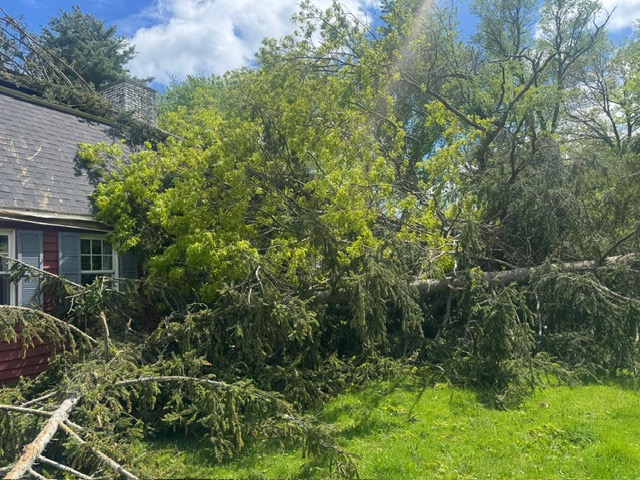Top 5 Tree Species Causing Property Damage in Connecticut
By Tree Emergency Expert
Tree Emergency Expert

In Connecticut, especially around New Haven County, trees offer incredible benefits, but when things go wrong, they become serious liabilities. We love them—shade in summer, color in fall, beauty year-round. But when they fail? They take roofs, cars, and power lines with them.
Top 5 Tree Species Causing Property Damage in Connecticut
“In just one storm, a single mature oak can unleash the force of a wrecking ball.” — Arborist saying that’s proven true more than once.
In Connecticut, especially around New Haven County, trees offer incredible benefits, but when things go wrong, they become serious liabilities. We love them—shade in summer, color in fall, beauty year-round. But when they fail? They take roofs, cars, and power lines with them.
I run an emergency tree service. I've seen it all—from a 100-year-old maple slicing through an attic like butter to a rotted pine snapping in a silent snowstorm. Not all trees are equal when it comes to risk. Some species are more prone to damage, failure, and destruction than others.
Here’s your must-know list: the top five tree species that cause the most property damage in Connecticut—and what you can actually do about them.
1. Silver Maple (Acer saccharinum)
Why it’s a problem:
Fast-growing and brittle. Silver maples were planted like crazy in the 50s and 60s for quick shade, but they’re infamous for weak wood and heavy limbs that split under stress. Add high winds or a snow load? Boom—massive limbs on your roof or through your windshield.
Action step:
If you’ve got one within striking distance of your home, schedule a structural pruning or removal assessment ASAP. Look for large V-shaped crotches, which are especially failure-prone.
2. White Pine (Pinus strobus)
Why it’s a problem:
These giants can grow over 100 feet tall and develop a top-heavy structure. That’s a major risk during Nor’easters or wet snow events. They’re also shallow-rooted, making them prone to uprooting in saturated soil.
Action step:
Watch for tilting trunks, exposed roots, or any pitch leaks from cracks. Don’t wait for it to “eventually fall”—these fail fast and hard.
3. Norway Maple (Acer platanoides)
Why it’s a problem:
This invasive species weakens native forests and urban canopies alike. It grows wide and dense, blocking light and stressing neighboring trees. The real danger? Shallow roots and heavy limbs overhanging homes, driveways, and power lines.
Share this article:
Related Articles

Tree Damage and Insurance Claims: What Homeowners in the U.S. Should Know After a Storm
Not all tree damage is treated the same by your homeowners insurance. In most cases, you’re covered if a fallen tree damages your house, fence, or garage — but there are exceptions. For example, you’re usually protected if a storm knocks a tree onto your roof or if a neighbor’s tree falls onto your property. However, if a dead or neglected tree comes down without hitting anything, or blocks only your yard, your policy may not cover the removal costs.

Nor’easter 2025: What CT, NJ & NY Homeowners Should Know (And How to Protect Your Trees)
This upcoming nor’easter isn’t just targeting Connecticut — it’s also expected to hit New Jersey and New York with strong winds, heavy rain, and coastal flooding. Trees near the coast or in vulnerable spots will face risks. Get your property prepared now to avoid damage.
Need Emergency Tree Service?
Our team of certified arborists is available 24/7 to handle any tree emergency.
